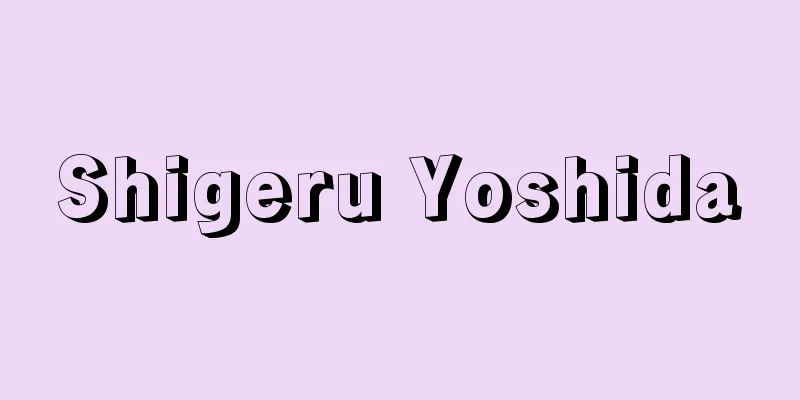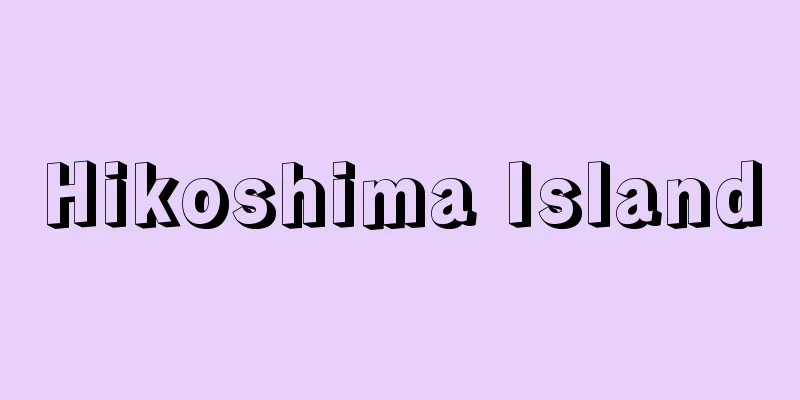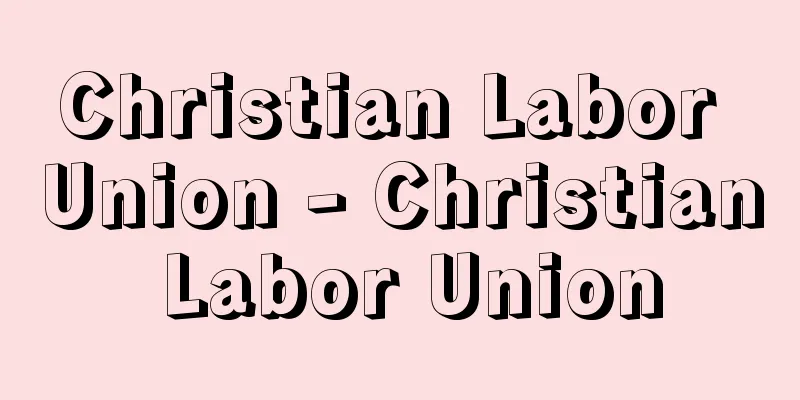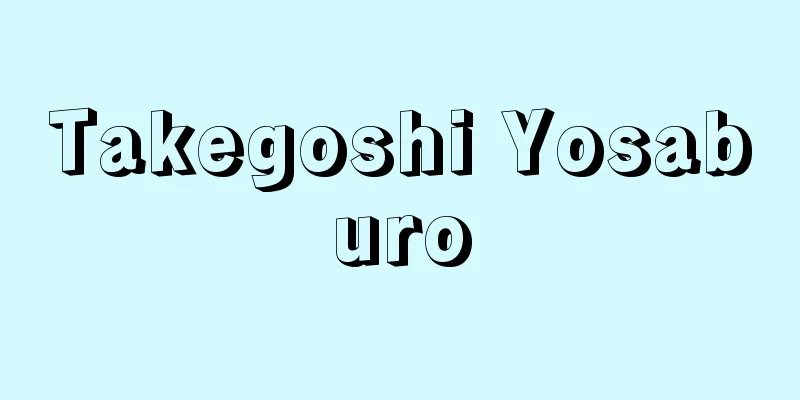Shigeru Yoshida

|
Politician. He served as Prime Minister for five terms, a total of seven years, from the occupation after World War II to the period of restoration of independence, and set the direction of postwar Japanese politics. He was born in Tokyo as the fifth son of Takeuchi Tsuna, a leader of the Tosa Liberal Party, and was adopted by Yokohama trader Yoshida Kenzo. He was influenced by Confucianism from his foster mother Kotoko's family, and studied at Sugiura Shigetake's Japanese Middle School, which gave him a mixture of Chinese studies, patriotism, and bourgeois tastes, giving rise to the personality that would later be called "autocratic." After attending Gakushuin, he graduated from the Department of Political Science at Tokyo Imperial University in 1906 (Meiji 39) and joined the Ministry of Foreign Affairs. His classmate was the future Prime Minister Hirota Koki. His wife was Yukiko, the daughter of Makino Nobuaki, the second son of Okubo Toshimichi, a Meiji statesman, and Minister of the Interior. He served in China for a long time, and in particular, as Consul General in Fengtian, he sought to expand Japan's interests. In 1928 (Showa 3), he recommended himself to the Tanaka Giichi Cabinet as Vice Minister of Foreign Affairs, but the following year, in 1929, he was transferred to the position of Ambassador to Italy by the liberal Foreign Minister Shidehara Kijuro in the Hamaguchi Osachi Cabinet. In 1936, he was expected to join the Hirota Cabinet as Foreign Minister or Chief Cabinet Secretary, but the military opposed his appointment as Ambassador to the UK, citing his pro-British and pro-American views. He was opposed to the Anti-Comintern Pact from start to finish, and was incarcerated in an army prison for plotting peace with former Prime Minister Konoe Fumimaro at the end of the Pacific War, which led to his return as a pacifist after the war. He served as foreign minister in both the Higashikuni Toshihiko and Shidehara cabinets, and became acquainted with General MacArthur as a negotiator with GHQ (Supreme Commander for the Allied Powers). After Liberal Party leader Hatoyama Ichiro was expelled just before the cabinet was formed in May 1946, he formed the first Yoshida cabinet and also served as foreign minister. Although he opposed most of the occupation reforms, including constitutional reform, he cooperated with MacArthur as a "good loser." When the Socialist Party became the largest party in the general election following the ban on the February 1st general strike in the following year, 1947, he bravely stepped down from power. In October 1948, after the Ashida Hitoshi Cabinet resigned due to corruption, the Yoshida Cabinet was formed, and faithful to the US Occupation policy that shifted the emphasis to economic recovery, implemented the Nine Principles for Economic Stability and carried out major administrative reorganization. When the Korean War began (1950), the Yoshida Cabinet cooperated in the "reverse course" of rearmament of Japan by establishing the National Police Reserve and the Red Purge. The Yoshida Cabinet also promoted the advancement of former bureaucrats who had gathered at the "Yoshida School" into the political world, and established a conservative main line that led to both Prime Ministers Ikeda Hayato and Sato Eisaku. In 1951, the Yoshida Cabinet rejected the idea of a complete peace and concluded a peace treaty with liberal countries. The Yoshida Cabinet also aimed for economic development through light military force by concluding the Japan-US Security Treaty, which led to the incorporation of Japan into the US's Cold War strategy, and there has been constant criticism that the Yoshida Cabinet lost its diplomatic autonomy. He resigned in 1954 after coming under fire from both within and outside the party, but he continued to wield influence as a senior statesman even after his retirement, and his posthumous reputation as the driving force behind Japan's high economic growth has grown. [Sodei Rinjiro] "The Biography of Yoshida Shigeru, by Inoki Masamichi, 4 volumes (1981, Yomiuri Shimbun)" ▽ "The Biography of Yoshida Shigeru, by John Dower, translated by Okubo Genji, volumes 1 and 2 (1981, TBS Britannica/Chuko Bunko)" ▽ "The Biography of Yoshida Shigeru, by Miura Yoichi, volumes 1 and 2 (1996, Otsuki Shoten)" ▽ "Prime Minister Yoshida Shigeru, by Kosaka Masataka (2006, Chuko Classics)" ▽ "The Biography of Yoshida Shigeru, by Hara Akihisa (Iwanami Shinsho)" ▽ "The Biography of Yoshida Shigeru, by Okazaki Hisahiko (PHP Bunko)" ▽ "The History of Yoshida Shigeru and the Showa Period, by Inoue Toshikazu (Kodansha Gendai Shinsho)" [References] | | | | | | | |©Shogakukan Library "> Shigeru Yoshida Source: Shogakukan Encyclopedia Nipponica About Encyclopedia Nipponica Information | Legend |
|
政治家。第二次世界大戦後の占領下から独立回復期にかけて5次、計7年の間、首相として戦後日本政治の方向を定めた。土佐自由党の指導者竹内綱(たけのうちつな)の五男として東京に生まれ、横浜の貿易商吉田健三の養子となる。養母士子(ことこ)の家系から儒学の影響を受け、杉浦重剛(すぎうらしげたけ)の日本中学で学んだことから、漢学の素養、国士風の思想、ブルジョア趣味とが混じり合って、のちに「ワンマン」といわれる個性が生まれた。学習院を経て1906年(明治39)東京帝国大学政治学科を卒業、外務省に入る。同期に後の首相広田弘毅(ひろたこうき)がいた。妻は明治の元勲大久保利通(おおくぼとしみち)の二男で内大臣の牧野伸顕(まきののぶあき)の娘雪子。中国勤務が長くとくに奉天総領事として日本の権益拡張を図った。1928年(昭和3)田中義一(たなかぎいち)内閣に自薦して外務次官となるが、翌1929年浜口雄幸(はまぐちおさち)内閣のリベラル外相幣原喜重郎(しではらきじゅうろう)の手で駐伊大使に転出。1936年広田内閣に外相か内閣書記官長として入閣のはずが、「親英米派」を理由に軍部が反対、駐英大使となる。日独防共協定に終始反対したこと、また太平洋戦争末期に近衛文麿(このえふみまろ)元首相らと和平工作を企て陸軍刑務所に収監されたことで、戦後に和平主義者として復活した。東久邇稔彦(ひがしくになるひこ)、幣原両内閣の外相を務め、GHQ(連合国最高司令部)との交渉役としてマッカーサー総司令官と知り合う。1946年(昭和21)5月組閣直前に自由党総裁鳩山一郎(はとやまいちろう)が追放された後を受けて、第一次吉田内閣を組閣、外相を兼ねた。憲法改正など占領改革のほとんどに反対であったが「良き敗者」としてマッカーサーに協力。翌1947年二・一ゼネスト禁止後の総選挙で社会党が第一党となると、いさぎよく下野した。1948年10月芦田均(あしだひとし)内閣が汚職で総辞職したあと第二次吉田内閣を組織、経済復興に力点を移した米占領政策に忠実に、経済安定九原則の実施と大幅な行政整理を行い、朝鮮戦争が始まる(1950)と、警察予備隊創設による日本再軍備、レッド・パージと「逆コース」に協力した。また「吉田学校」に集う旧官僚の政界進出を図り、池田勇人(いけだはやと)、佐藤栄作両首相につながる保守本流路線を確立した。1951年全面講和論を退けて自由主義諸国と対日講和条約を結び、さらに日米安全保障条約の締結によって軽軍備による経済発展を目ざしたことは、アメリカの冷戦戦略に日本を組み込むこととなり、外交の自主性を失ったという批判は絶えない。1954年党内外の非難を浴び退陣したが、引退後も元老として影響力を持ち続け、高度経済成長の仕掛け人として死後に評価が高まっている。 [袖井林二郎] 『猪木正道著『評伝吉田茂』全4巻(1981・読売新聞社)』▽『ジョン・ダワー著、大窪愿二訳『吉田茂とその時代』上下(1981・TBSブリタニカ/中公文庫)』▽『三浦陽一著『吉田茂とサンフランシスコ講和』上下(1996・大月書店)』▽『高坂正尭著『宰相吉田茂』(2006・中公クラシックス)』▽『原彬久著『吉田茂――尊皇の政治家』(岩波新書)』▽『岡崎久彦著『吉田茂とその時代』(PHP文庫)』▽『井上寿一著『吉田茂と昭和史』(講談社現代新書)』 [参照項目] | | | | | | | |©小学館ライブラリー"> 吉田茂 出典 小学館 日本大百科全書(ニッポニカ)日本大百科全書(ニッポニカ)について 情報 | 凡例 |
Recommend
Treasurer - Suitoucho
One of the auxiliary bodies of the mayor of an ord...
Seasonal adjustment
Regarding statistical data on economic trends obs...
Maḍīq Tiran (English spelling)
...A strait connecting the Red Sea and the Gulf o...
Cake - ke-ki (English spelling) cake
It refers to Western-style fresh confections, fru...
Early modern times
〘noun〙① The world close to the present. Also, the ...
Localized cooling - Localized cooling
...In addition, there are an increasing number of...
Kiegyezés
...After attempts at federalism and centralism, a...
Huchel - Peter Huchel
German poet. He spent his childhood in a farming ...
Assmann - Richard Assmann
German meteorologist. Born in Magdeburg. He initi...
Anton van Leeuwenhoek
Naturalist. Born in Delft, Holland, he worked in ...
antimony
〘Noun〙 (antimony) =antimony ※From Shami Kaishun (1...
Christen Raunkiaer
1860‐1938 Danish plant ecologist and professor at ...
A.Mary, L. - A.Mary
…All but one of them were Cabinet Secretaries, th...
endostyle
… a small endodermal endocrine organ formed from ...
Melastoma
…In horticulture, Melastoma species are classifie...









![Ani [town] - Ani](/upload/images/67cad6c90ee63.webp)